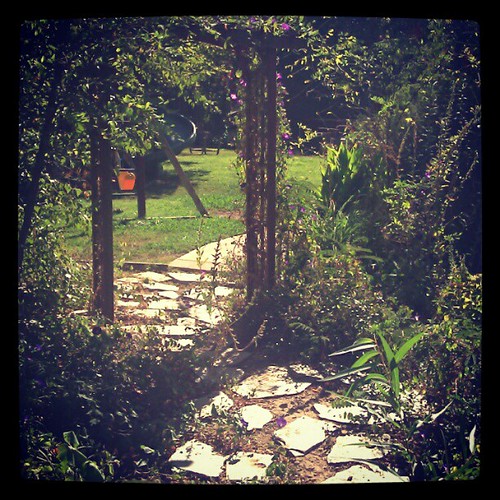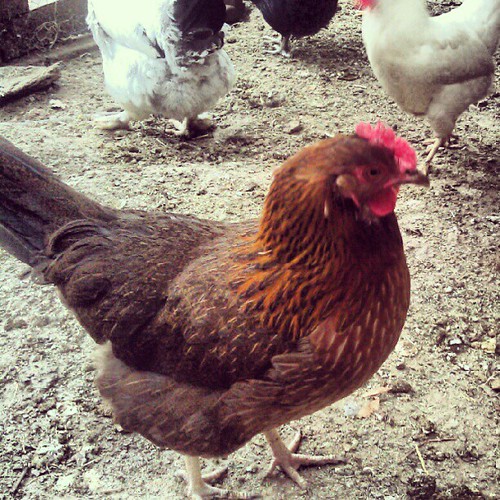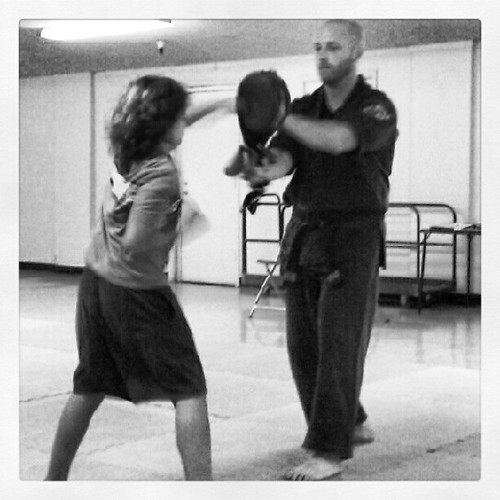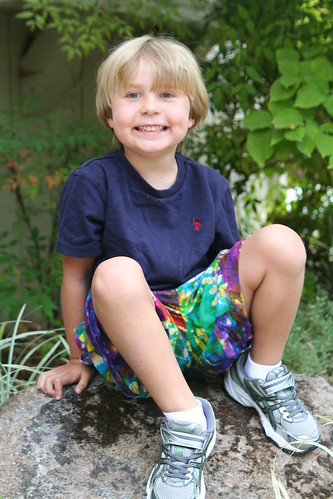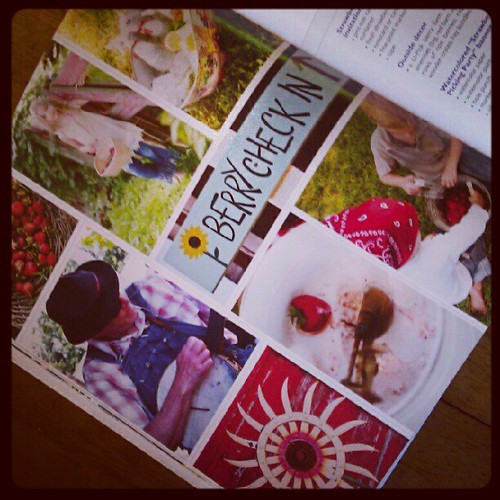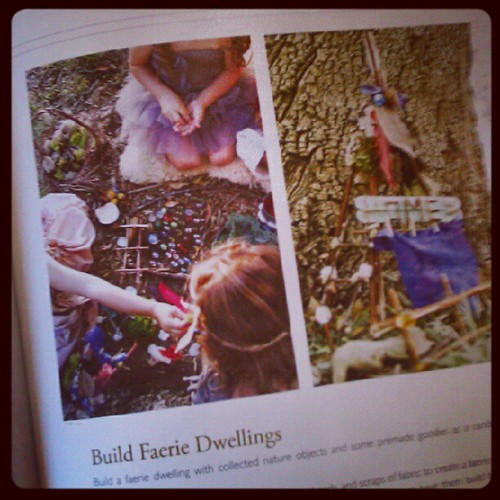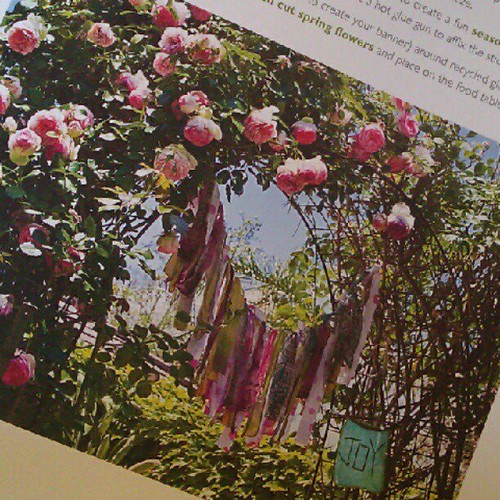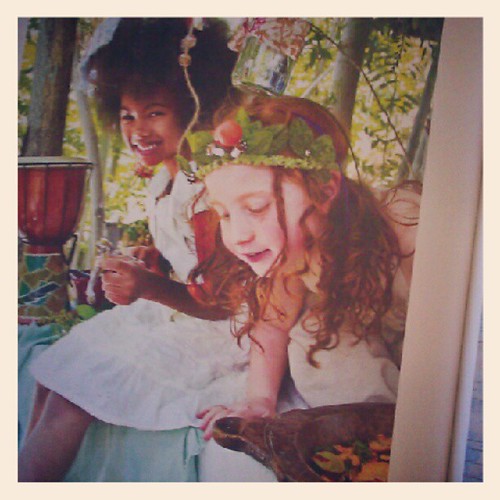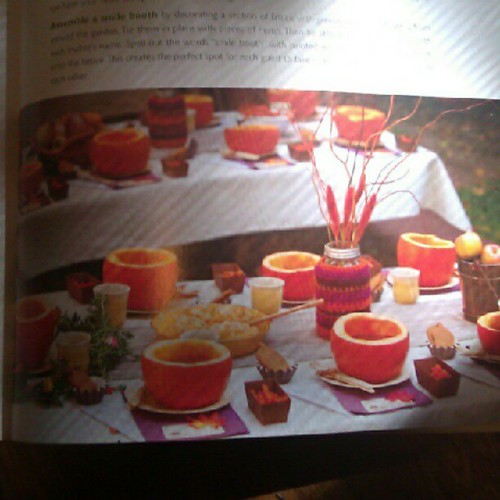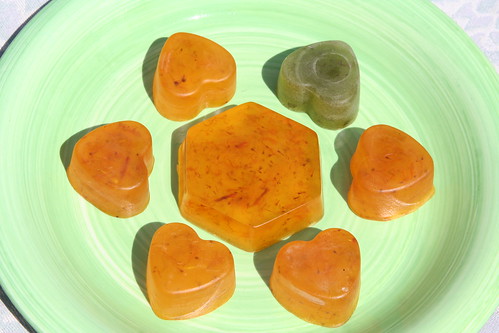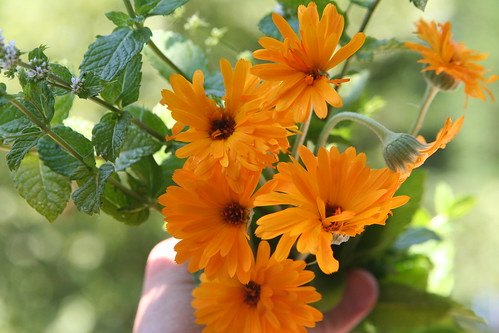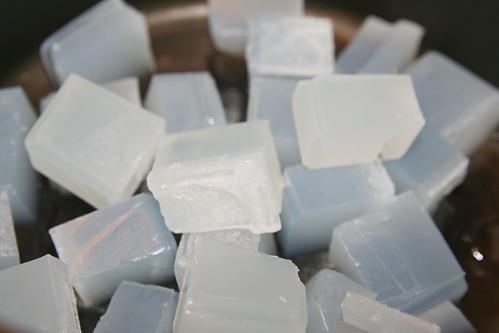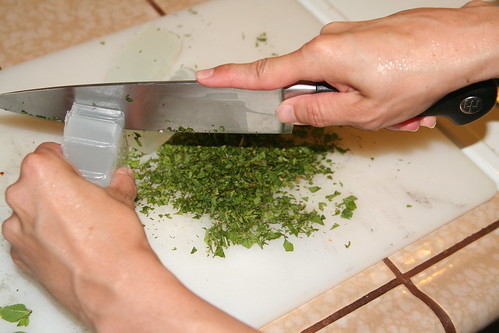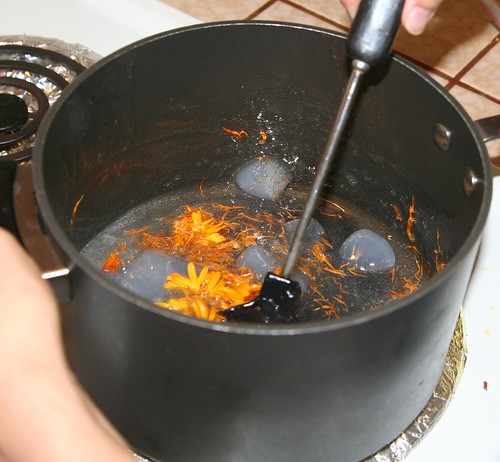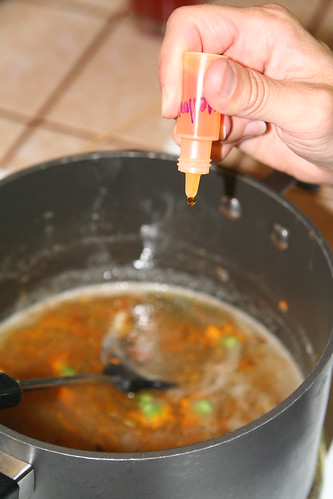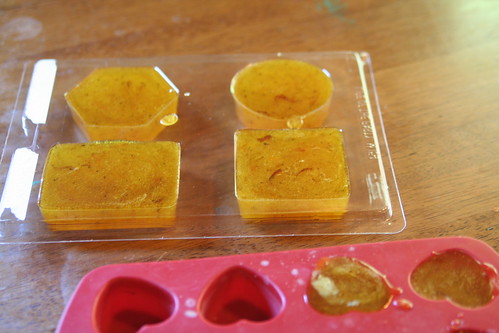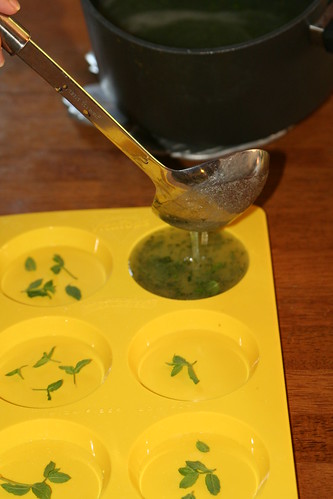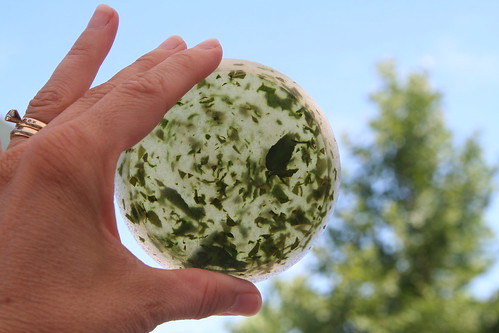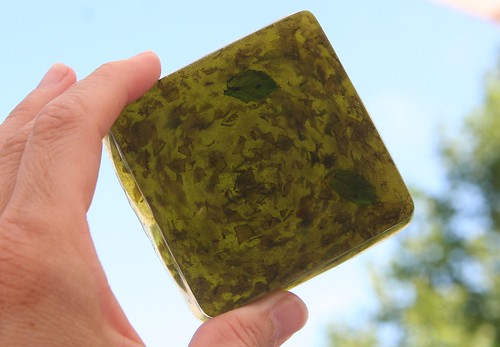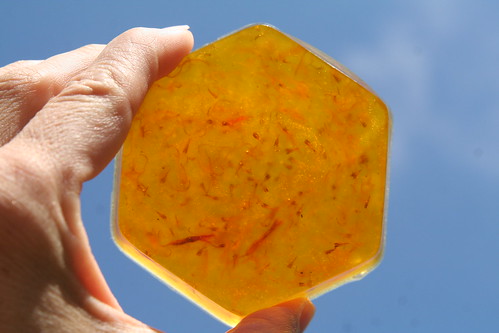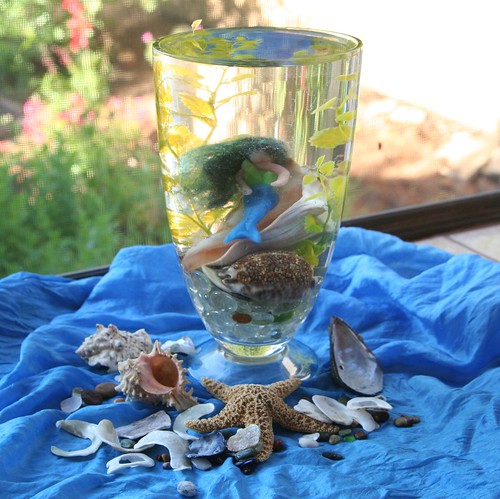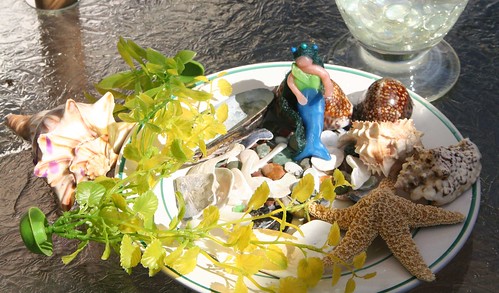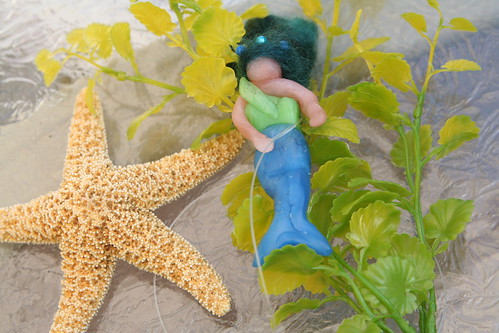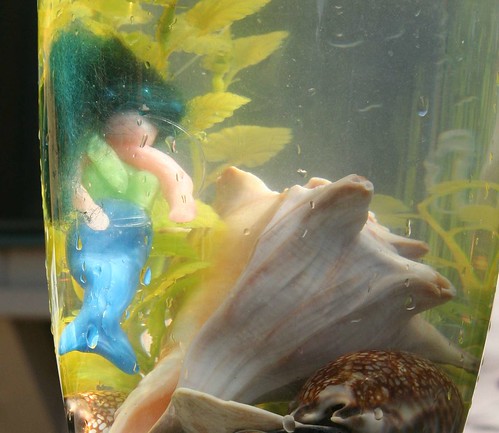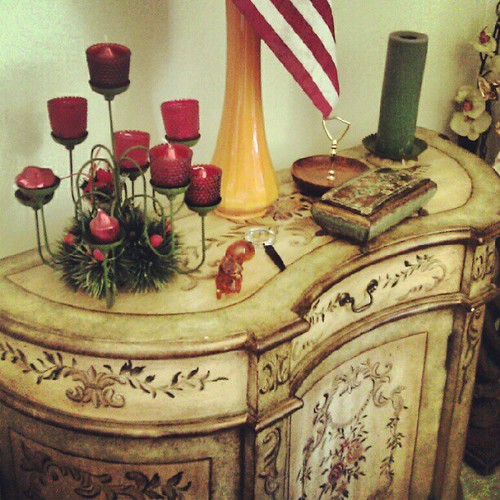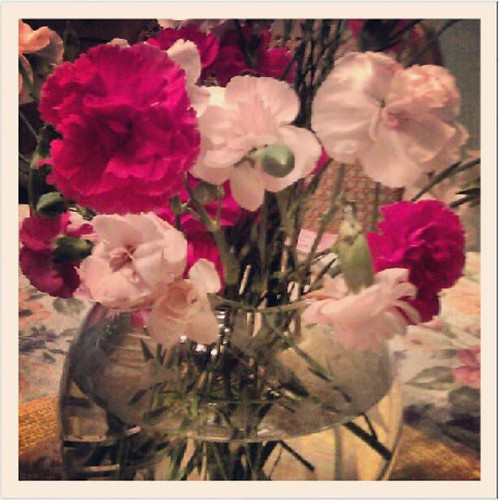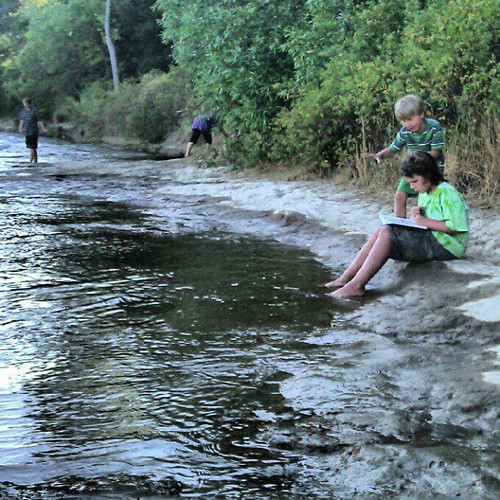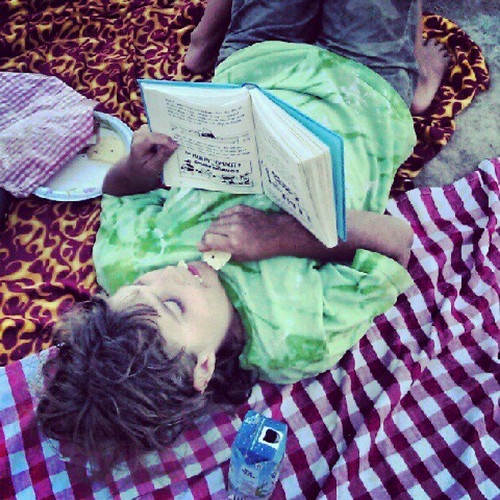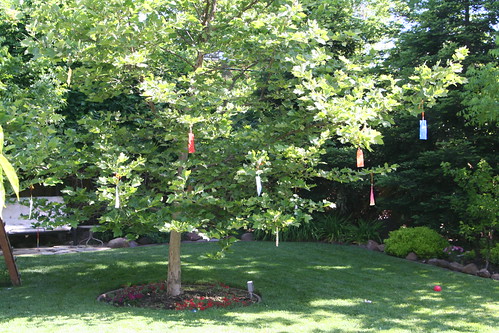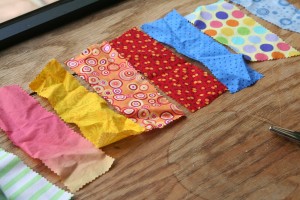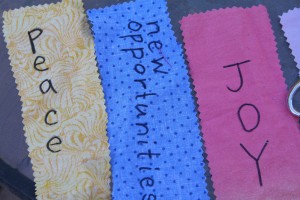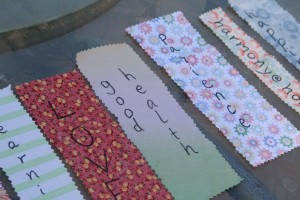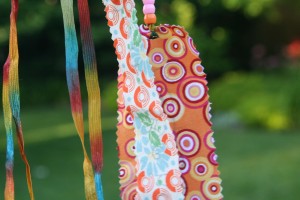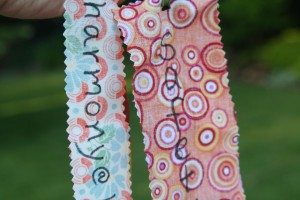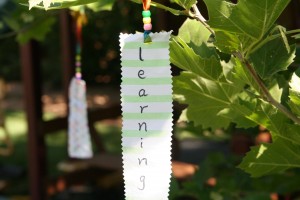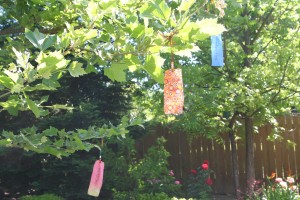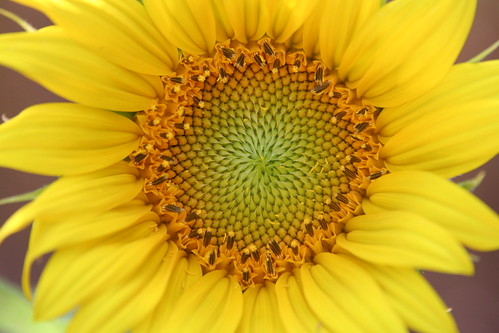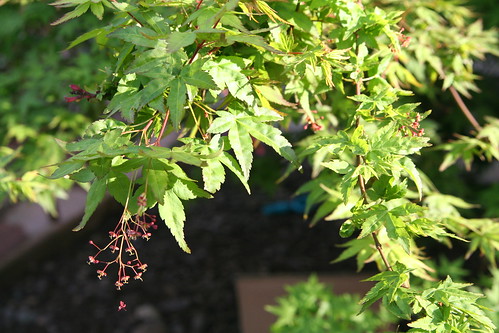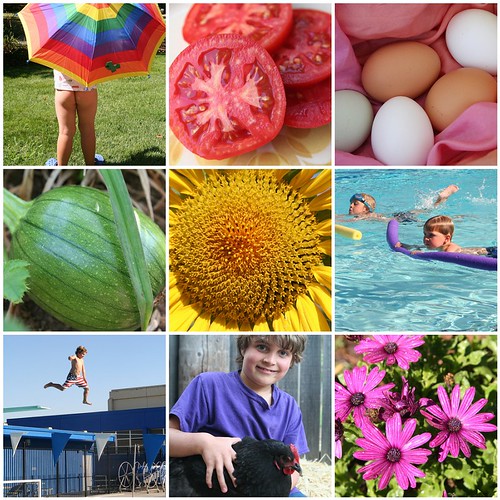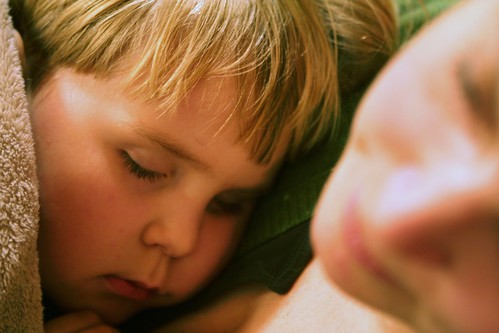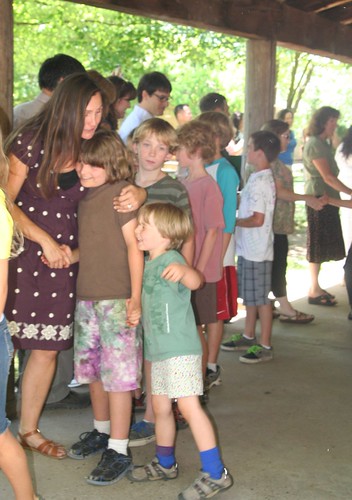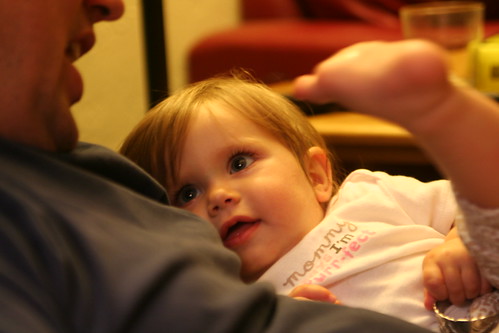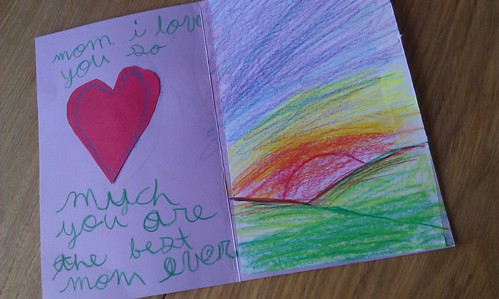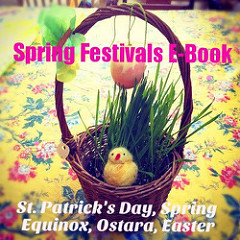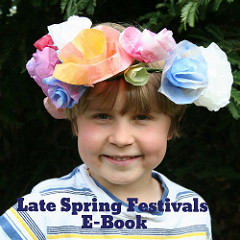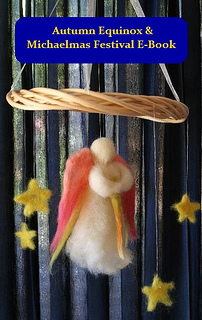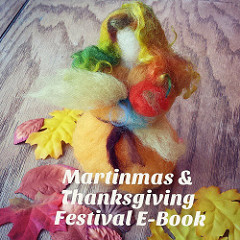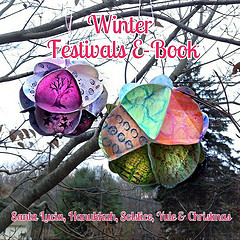Autumn Equinox
Alms in Autumn
Spindle-wood, spindle-wood, will you lend me, pray,
A little flaming lantern to guide me on my way?
The fairies all have vanished from the meadow and the glen,
And I would fain go seeking till I find them once again.
Lend me now a lantern that I may bear a light
To find the hidden pathway in the darkness of the night.
Ash-tree, ash-tree, throw me, if you please,
Throw me down a slender branch of russet-gold keys.
I fear the gates of Fairyland may all be shut so fast
That nothing but your magic keys will ever take me past.
I’ll tie them to my girdle, and as I go along
My heart will find a comfort in the tinkle of their song.
Holly-bush, holly-bush, help me in my task,
A pocketful of berries is all the alms I ask:
A pocketful of berries to thread in golden strands
(I would not go a-visiting with nothing in my hands).
So fine will be the rosy chains, so gay, so glossy bright,
They’ll set the realms of Fairyland all dancing with delight.
—Rose Fyleman
Today is the first day of autumn and I’m feeling happy and energized. The temperatures here in Northern California are still warm, but not dreadfully hot. The garden is looking weary, but still hasn’t given up—flowers bloom, seeds are forming and scattering, plants are looking thirsty. I spent a little time in my “bower” this morning. I have an old futon out in my backyard underneath a cleverly bowed tree covered in wisteria vines. The foliage combined makes a shady spot to sit and read, and I love it. I drank my coffee, and listened to the tiny sounds of just a few first leaves falling and the hens’ clucks and the rattle of their food container. I’m starting today slowly, even though there are a million things to do and a million more I want to do. But I am content. Slow, gentle starts are just right sometimes.
My garden, as I mentioned, is tired. I’m a little discouraged by it this year. We’ve had watering troubles that I’ve failed to solve. Along one of our drip lines is a long row of dead plants. I got some lovely tomatoes this year (cherries are my favorites), but little else. I’ve decided I’m not going another year without a raised bed. Our soil is just too clayey, and when the summer comes and the water is scarce, it becomes like concrete. Only the most determined vegetables produce. I had hopes for pumpkins and peppers and squash, yet I never mustered the energy to get them going. I tell myself that it’s OK because I can’t do everything. Right? And I do enough. Right?
Still, I’ve enjoyed the hummingbirds who visit my salvia and cannas, and the many other birds who visit my birth bath for drinks and bathing. It delights me to see a bird actually bathing in it.
Our hens are all healthy. Most of them are laying and the four young hens we raised from chicks this year are laying now. They’ve grown into very pretty young ladies. My special-needs chicken, Firefly, (in the photo) is finally completely rehabilitated. She spends her days on the ground now, like all the other hens. For more than a year she stayed on top of the chicken coop day and night because she was so bitterly harassed by the others. I don’t know how she finally integrated into the flock, but I’m glad she has. She is still the smallest hen we have, even smaller than our youngest hens from this season. She lays eggs though, so I feel she’s finally living a normal chicken life.
So I’m wishing all of you a happy, blessed autumn. We’re heading up to Apple Hill today for a small adventure and some apples. Seems like a great way to spend the first day of autumn.


